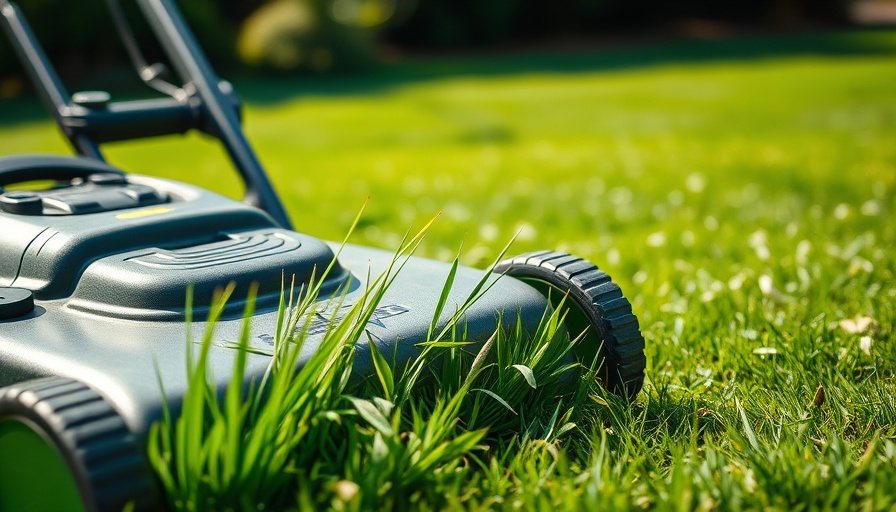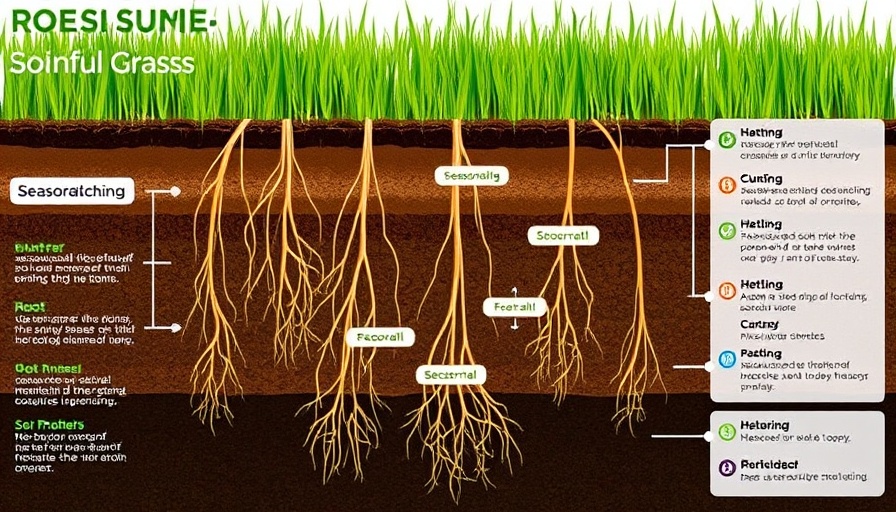
The Great Debate: Hydroseeding vs. Sod
Choosing how to establish your lawn is one of the first steps in creating an outdoor space you can enjoy. Two popular methods—hydroseeding and sod—offer distinct advantages that cater to different needs. While sod provides an immediate lawn, hydroseeding can be a better option for larger areas due to its cost-effectiveness. This article dives into the intricacies of each method, helping you make an informed decision.
Understanding Hydroseeding
Hydroseeding is an innovative process where a nutrient-rich slurry made from seed, mulch, fertilizer, and water is sprayed onto prepared soil. This technique promotes rapid seed germination and is particularly effective for establishing new lawns or repairing existing ones. Hydroseeding requires thorough soil preparation followed by even spraying, which achieves an improved germination rate and abundant growth without the mess associated with traditional seeding methods.
Exploring Sod
Sod, which comes in rolls or squares with established roots, offers the immediate gratification of a lush green lawn upon installation. Homeowners choose sod for its convenience; however, the potential for seams and less uniformity can alter the lawn's appearance. Despite sod’s higher upfront costs, many view it as a hassle-free option due to the established roots that support a faster recovery post-installation.
A Detailed Cost Comparison
During your decision-making process, understanding the financial implications can help significantly. Hydroseeding tends to be significantly less costly than sod—often by 50-80%. While sod can cost three times more, the initial savings with hydroseeding can be offset by the potential need for re-seeding or additional maintenance. It’s important to factor in these long-term costs when making your selection.
Appearance and Growth Rate: What to Expect
When choosing between hydroseeding and sod, it's crucial to consider aesthetics and growth timelines. With hydroseeding, you can expect a lawn to mature in about four to six weeks, while sod provides immediate coverage. However, sod can sometimes exhibit visible seams that detract from visual appeal. At the same time, hydroseeding allows for a customized seed mix, tailored to local conditions to enhance health and longevity.
Wrap-Up: Making Your Choice
Ultimately, your choice between hydroseeding and sod will depend on your specific situation. If you are looking for an economical solution with potential customization for a large area, hydroseeding is the way to go. On the other hand, if you desire an instant lawn with less visible seams, opting for sod might be more appealing despite the cost.
Get Expert Advice
If you're stuck between the two options, consulting with a local landscaping professional can provide tailored recommendations based on your unique lawn space. This decision could greatly impact not just the look of your lawn, but its maintenance requirements and long-term health.
Empowering Your Lawn Transformation
Understanding the differences between hydroseeding and sod is essential in achieving the outdoor space of your dreams. As you weigh your options, consider factors such as cost, installation time, appearance, and long-term maintenance. Whatever choice you make, both methods can contribute to a thriving green space that enhances your home and lifestyle.
 Add Row
Add Row  Add
Add 


 Add Row
Add Row  Add
Add 

Write A Comment